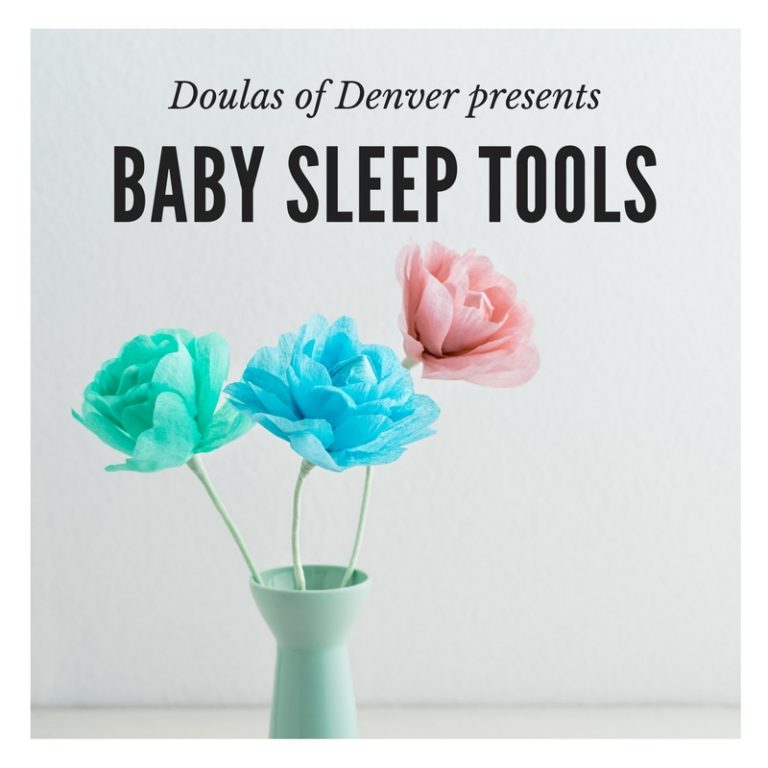The 5 Essential Baby Sleep Tools
The 5 Essential Baby Sleep Tools When working with new families as Newborn Care Specialists and Postpartum Doulas during the night hours, we are charged with sharing our knowledge of newborn and infant sleep, and often helping in the process of sleep training. When our goal is to teach our babies to sleep independently, getting there isn’t always intuitive. To get you started, here are a handful of simple, tried and true tools we strongly suggest families implement into their baby sleep routines.
- Black Out Curtains
Black out curtains are the missing must-have in so many families’ nurseries. They are indispensable for teaching our babies to associate sleep time at night with darkness, and for eliminating passing light from cars, street lights, and other disturbances outside. Babies are very sensitive to light. At night, we want to create an environment devoid of stimulation that would encourage them to wake.
- White Noise
A white noise machine will help drown out disturbing sounds from other areas of the house and from outside. For newborns, white noise is soothing, as it sounds similar to the sounds they hear in the womb. Associating this comforting and conveniently neutralizing sound with sleep time will help them to adapt to the sleep schedule we use in the world outside the womb.
- Swaddle
A swaddle keeps a newborn from startling themselves awake with the Moro reflex, which occurs if they feel unsupported or as if they are falling. It often occurs during sleep. They are used to feeling snug and hugged all over before they are born. A swaddle also prevents many babies from moving their hands toward their face in their sleep and scratching themselves or waking themselves up. There are many products out there, and you may need to try a few before you find the right fit for your baby. A swaddle is recommended until your baby starts to roll, or around four months.
- Pacifier
A pacifier is recommended for infants by the American Academy of Pediatrics, particularly when using a swaddle. Using a pacifier during sleep time has been shown to lower the risk of SIDS by preventing babies from falling too deeply asleep. A pacifier of course should not be used in place of a feeding, but is a useful soothing tool for many babies who have a strong urge to suck frequently. It does not need to remain in baby’s mouth the whole time they are asleep, but offered at the beginning of a nap or at bedtime.
- A Firm, Flat Crib Mattress With No Mobile
The most important aspect of your baby’s safe sleep environment is a firm surface for them to sleep on. It also must be flat. There should be no loose blankets or sheets for them to become tangled in or that could impede their ability to breathe. The swaddle serves as a warm layer in place of a blanket. There should be no crib bumpers or stuffed animals, which are also a suffocation hazard for infants. Lastly, there should be no mobile over the crib. As we established earlier, the sleep space should be an area without stimulation that could peak your baby’s interest and cause them to stay awake.
Utilizing these five tools will provide a safe and soothing place for your baby to learn to sleep, and are an important first step in this important and sometimes difficult process. Our clients benefit from having a baby expert with them during the day and at night to help shorten the learning curve and increase consistency in their baby’s sleep schedules. Ask us how we can help you condition your baby to be an amazing sleeper!

